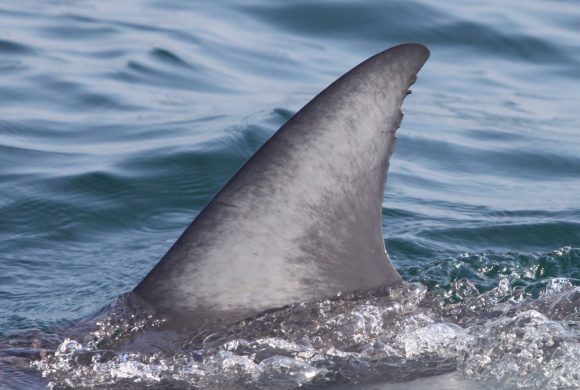Port Phillip common dolphins – identification
How do cetacean scientists identify indvidual common dolphins?
Individuals dolphins can be identified by their dorsal fins. The trailing edge, or the rear of a dolphin’s dorsal fin is thin, and nicks and notches will accumulate on this edge over time. Subsequently, these nicks and notches allow us as cetacean scientists to identify individual dolphins. It’s a little like the individuality of human fingerprints.
Common dolphins, unlike like some other species of dolphins such as bottlenose dolphins, have varying colouration on their dorsal fin. The nicks and notches on the dolphin’s dorsal fins in these images may have changed since these images were taken. However, the colouration of the dorsal fin of a sub-adult/adult common dolphin appears to remain stable over time so they can continue to be identified over time.
The sighting data relating to these common dolphins identification images was published in: Mason, S., Kent, C. S., Donnelly, D., Weir, J. and Bilgmann, K. (2016). “Atypical residency of short-beaked common dolphins (Delphinus delphis) to a shallow, urbanized embayment in south-eastern Australia.” Royal Society Open Science 3(9): 160478.DOI: 10.1098/rsos.160478.
Please note – The common dolphin fin images used in this identification catalogue were collated while I was a PhD student and working as the Research Director at the Dolphin Research Institute (DRI). My PhD research was conducted through Curtin University, in collaboration with DRI, under ethics approved by both Curtin and Monash Universities and a Department of Environment and Land, Water and Planning research permit. Sue Mason










